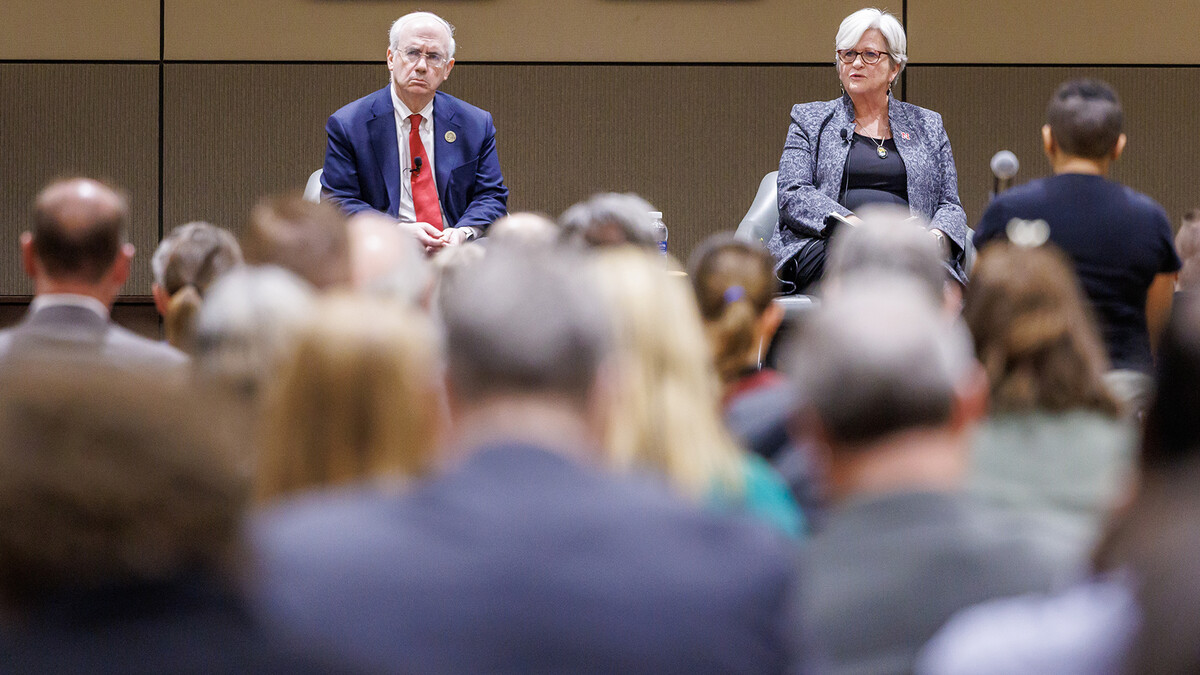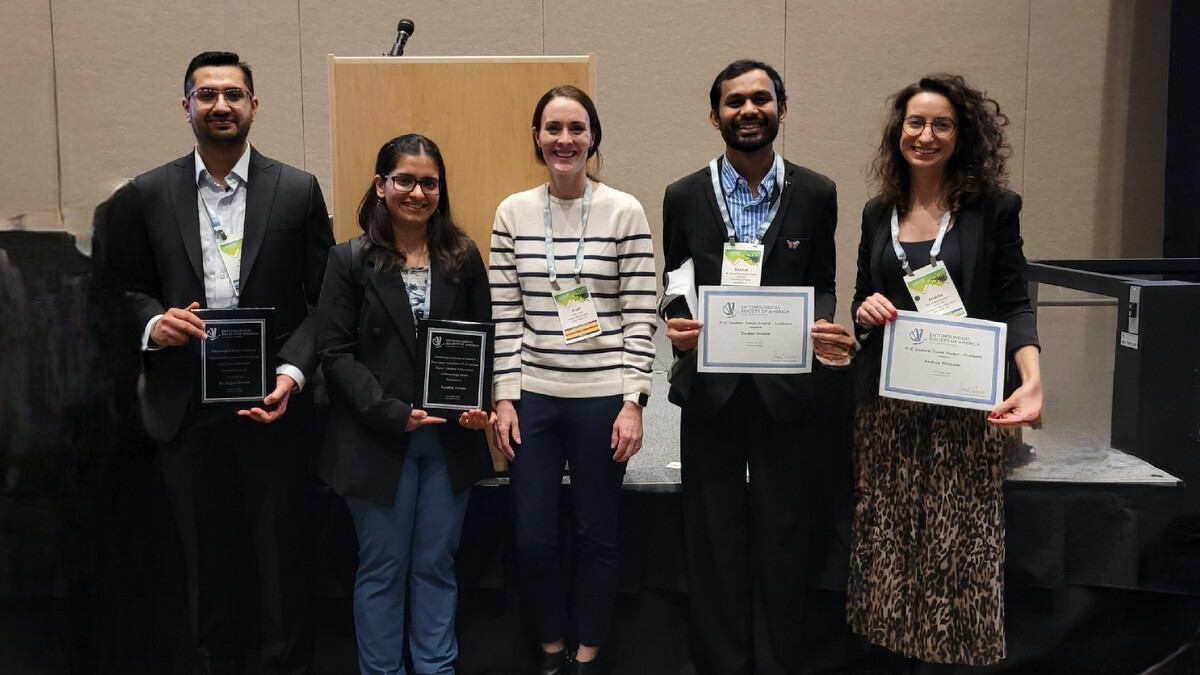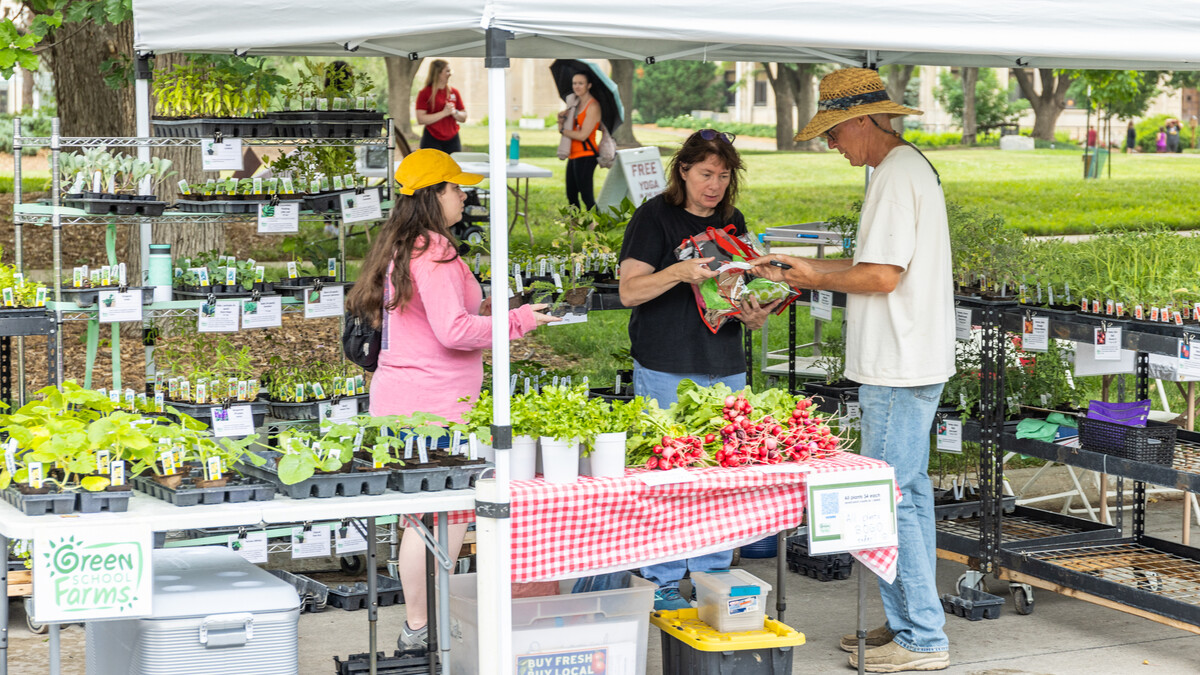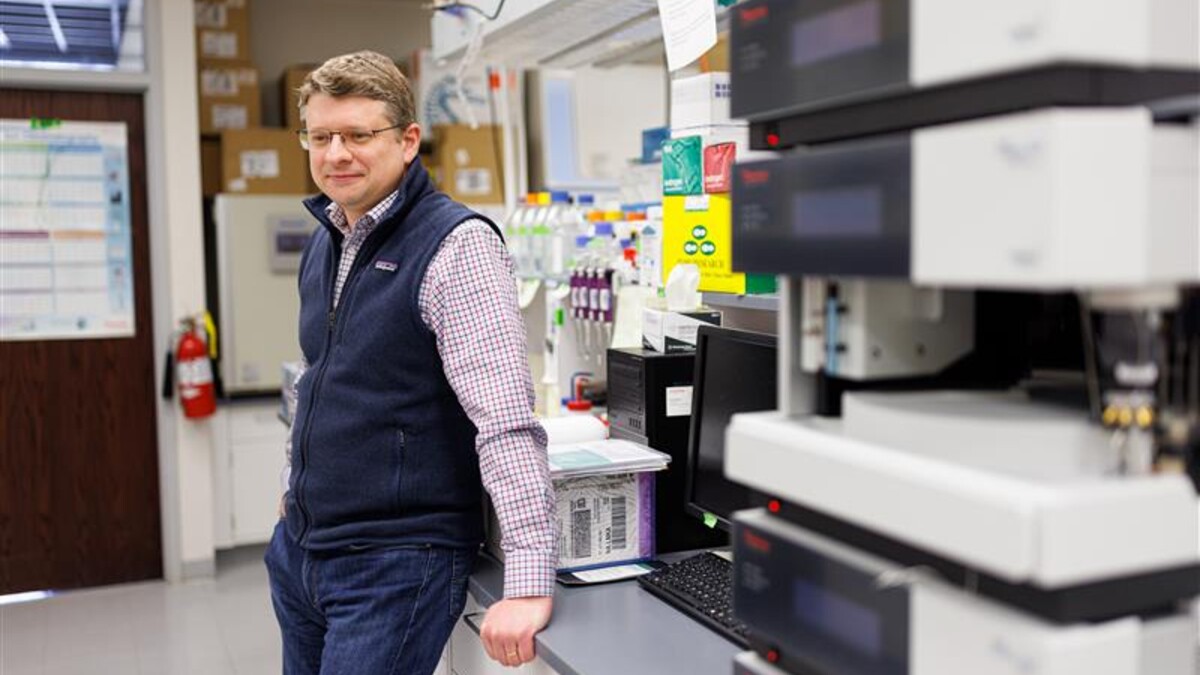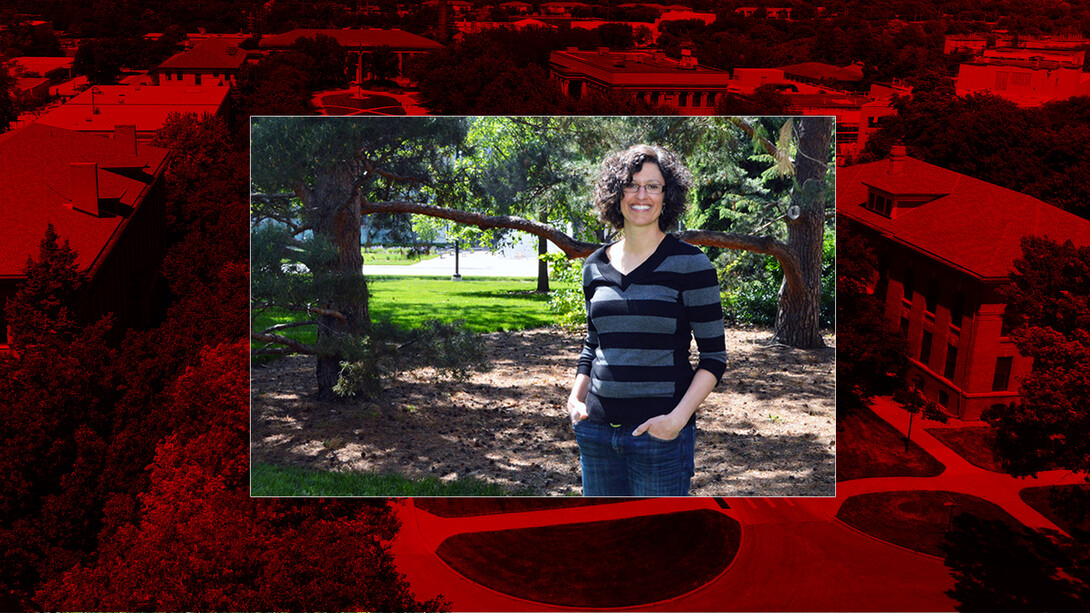
Lincoln, Neb. —While others seek meaning and purpose in their careers, Shana Sundstrom has found both in her work to save North American agricultural systems from collapse.
“I'm doing exactly what I'm most passionate about and have the freedom to do it in a way that feels good, and I have intellectual integrity and autonomy and work with amazing people and get to do work that's deeply satisfying,” she said in an interview with the Center for Resilience in Agricultural Working Landscapes.
Sundstrom and a group of resilience scientists, including Nebraska professors Craig Allen and Tala Awada, are using a four-year National Science Foundation grant to create a network of agricultural networks from Canada to Mexico. As the program coordinator for the Network for Integrated Agricultural Resilience Research, she has spent the first two years of the grant contacting and organizing scientists to collaborate in researching the resilience of agricultural systems.
NIARR now has 110 scientists, with about 60 percent from the United States, 40 percent from Canada and five scientists from Mexico. It connects scientists from the Long-Term Agroecosystem Research in the United States, ResNet and the Living Laboratories Initiative in Canada, independent scientists from Mexico, and the international Resilience Alliance.
Sundstrom and Allen, the director of NIARR, researched the collapse of agricultural systems when applying for the grant.
“We were really surprised as we were developing the project to realize just how many examples that we could come up with in an anecdotal way,” Sundstrom said. “So, our goal is to systematically identify all these systems and assess them to try to understand what the main drivers are of system collapse.”
She cited the Florida citrus industry and the sugar beet industry in the northern United States and Canada as examples of collapse in agricultural systems. The Florida citrus industry first detected greening, a disease caused by Asian insects, in 2005 and has lost orchards and suffered huge cuts in production since then.
“Florida citrus is a collapsed system and a big one that most people aren't really aware of because you can still go to the grocery store and buy orange juice, but it's coming from Brazil or other places,” Sundstrom said.
Similarly, the sugar beet industry in Manitoba and northern states collapsed after local processing plants closed. Farmers had nowhere to take their beets and had to switch to another crop or stop producing.
NIARR scientists are looking at such collapsed agricultural systems to discern patterns and ask research questions that go beyond the knowledge of any one scientist or discipline.
“If we can understand the key system attributes that are at play when ag systems collapse, then that gives you maybe a little bit of predictive power and a path forward to shape policy to take that into account,” Sundstrom said.
The scientists look at collapse through the lens of ecological resilience, which Allen defined as a measure of the amount of disturbance that a system can withstand before it fundamentally changes in structure and function. When a system suffers too much disturbance, it can collapse and shift from one state of being to another.
Federal agencies like the National Science Foundation and the U.S. Department of Agriculture are seeking research on resilience but their focus is more on how systems can handle extreme weather events and recover from them, Sundstrom said.
“The work and focus of NIARR is to take this more expansive understanding of resilience and try to understand the limits of resilience and what happens when you exceed them,” she said. “What happens if you can't adapt any further and you are potentially going to lose the system? So, it's enrichment, layering on questions and meaning.”
She said she knew of no one else in North America asking these same questions about agricultural systems.
“The work we're doing is unique, compelling, and very complementary to federal priorities and, I would argue, very necessary,” she said.
It is also difficult, especially because of the complexity of agricultural systems and the interplay between people and the land, she said. It can be difficult to decipher how much of an agricultural collapse is due to humans or the environment or even how much choice farmers have to alter their farming practices.
As a complex adaptive systems scientist and resilience scholar, Sundstrom had not worked with agricultural systems before establishing NIARR but had worked with systems such as coral reefs and grassland bird communities.
“It's a lot easier to think about coral reefs and the dynamics of fish and reef and water quality and not have to explicitly account for the role of human agency—that gets messy fast—but with ag systems, you can't afford to put those blinders on,” she said. “Ag systems exist because of human agency.”
Sundstrom said she welcomes this “uphill challenge.”
It is not her first.
She competed as a speedskater while going to college and was a member of the 1994 U.S. Winter Olympic Team in Lillehammer, Norway.
She was also a voracious reader in high school and had a strong environmental interest but did not know where it came from or what to do with it. She had grown up in Chicago with little experience in the natural world other than summer trips to a family cabin in northern Michigan.
“There's just always been something innate in me that has recognized the natural world as having an intrinsic value in and of itself and wanting to maintain its incredible diversity and beauty in perpetuity, and somehow, for reasons I can't even explain to myself, caring rather desperately about that and having that be important enough to me that I dedicate my intellectual life to it,” she said.
While earning her bachelor's degree in writing and English from Marquette University and also competing athletically in Europe, she figured out how to translate her interest in the natural world to college studies. She went on for a master’s degree in environmental science from the University of Calgary and a doctoral degree in applied ecology from the University of Nebraska—Lincoln while starting a family and having three children.
Her interest in saving entire systems, not just an animal or other part of the system, led her to her current work as the NIARR program coordinator. She works remotely from Portland, Oregon, structuring NIARR to further scientific understandings of system dynamics.
“I am, I think, one of the luckiest humans on the planet because, if I could have the ideal job, it's this,” she said. “I wouldn't change anything.”


